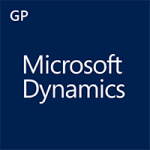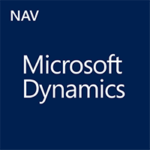Blockchain is a distributed (decentralized) digital network that enables the exchange of value or the ability to confidently share data—including financial assets, operational data, contracts, etc —in a secure environment. By design, blockchain builds trust into every transaction and shared data source, enabling greater security, cost efficiency and optimized reconciliation processes.
Blockchain technology fundamentally changes how data is managed, enabling companies to move from a scenario where every organization maintains its own copy of a data set to one where all parties have controlled access to a shared copy.
This “mutualization” of data is only possible with strong cryptographic techniques that use public and private “keys” to ensure confidentiality and privacy. Blockchains offer a way to verify and order transactions in a distributed ledger, a record of consensus that is validated and held within a network of separate nodes (computers or servers). Entries can be altered but not deleted. Maintenance and validation is performed by communicating nodes that run dedicated software to replicate the ledger among participants in a peer-to-peer network.
All transactions have an auditable trail and a traceable digital fingerprint. What’s more, the data in the ledger is pervasive and persistent, creating a reliable “transaction cloud” where it cannot be lost. And, unlike traditional databases that have a layer of security that—once breached—offers unlimited access, distributed ledgers encrypt individual transactions or messages in the data stored on the blockchain. Thus Blockchain technology provides superior security from hacking and data manipulation.
As blockchain-based solutions start to automate various kinds of operational activities, how will you reimagine your business? How will you take advantage of an increased opportunity to focus more on innovating? How could blockchain enable you to shift resources from operations to innovation-related activities?
To learn more please click here.




